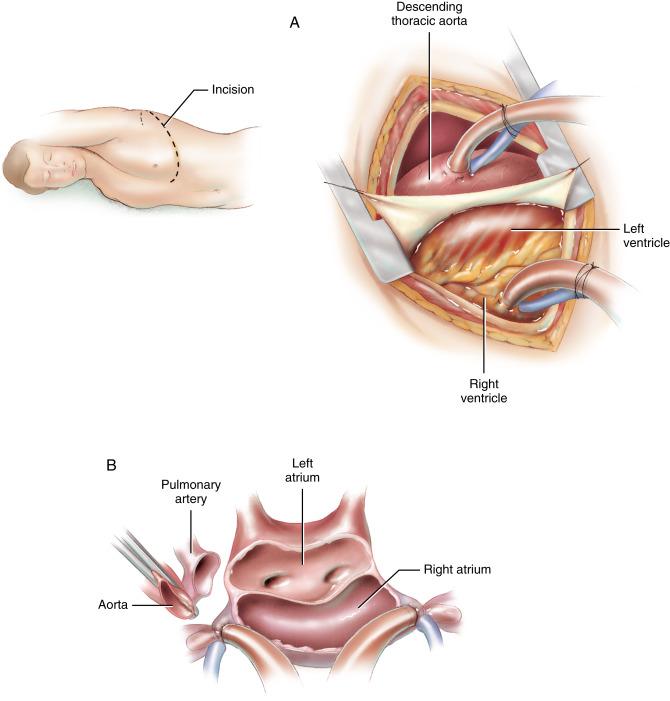Physical Address
304 North Cardinal St.
Dorchester Center, MA 02124
In contemporary practice, cardiac transplantation is occasionally undertaken in patients who have undergone previous cardiac procedures that render reentry by midsternal incision impractical or inadvisable. Prior sternal wound infection is an obvious case in which a midline incision is best avoided. In these patients, cardiac transplantation can be performed through a left anterior thoracotomy. The procedure is technically more demanding than a midline approach, but it is certainly feasible and may be preferable to a dangerous reentry.

Become a Clinical Tree membership for Full access and enjoy Unlimited articles
If you are a member. Log in here